By Nissie Arcega
While we may not be known for our spicy food, our chili peppers still pack a mean punch when it comes to flavor and heat. In the market, there are four chili peppers that contribute to the spice palette of Filipino cuisine, especially dishes from Bicol and Mindanao.
Siling Labuyo
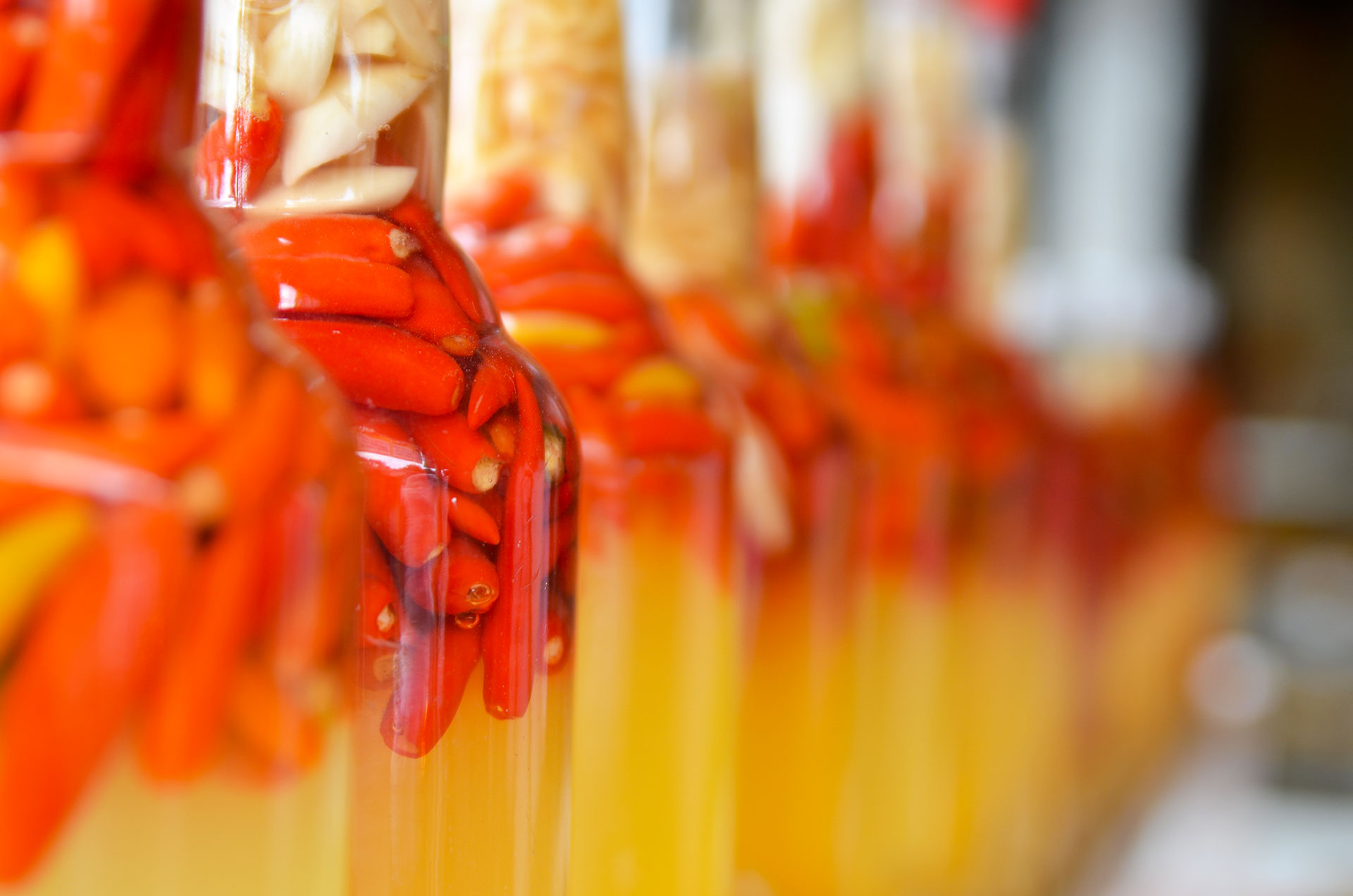
Via flickr
We once held the world record for the spiciest chili peppers in the world thanks to this native chili pepper scoring a 100,000 on the Scoville scale, but it has long been dethroned by other worthier candidates. However, it remains an important ingredient in spicing up vinegars (specifically the sinamak) and the Bicol express.
Sadly, the siling labuyo has been declared an endangered heritage food by Slow Food, a cooking heritage organization dedicated to preserving indigenous recipes and ingredients. It has become increasingly harder to find true siling labuyo in the market, due to its small size, making it expensive to harvest. Merchants have opted to commercially import larger and spicier chili pepper variants.
This pepper is great for adding a spice without changing the flavor of the dish, unlike using the habanero pepper since it has a distinct complex taste.
Siling Tingala
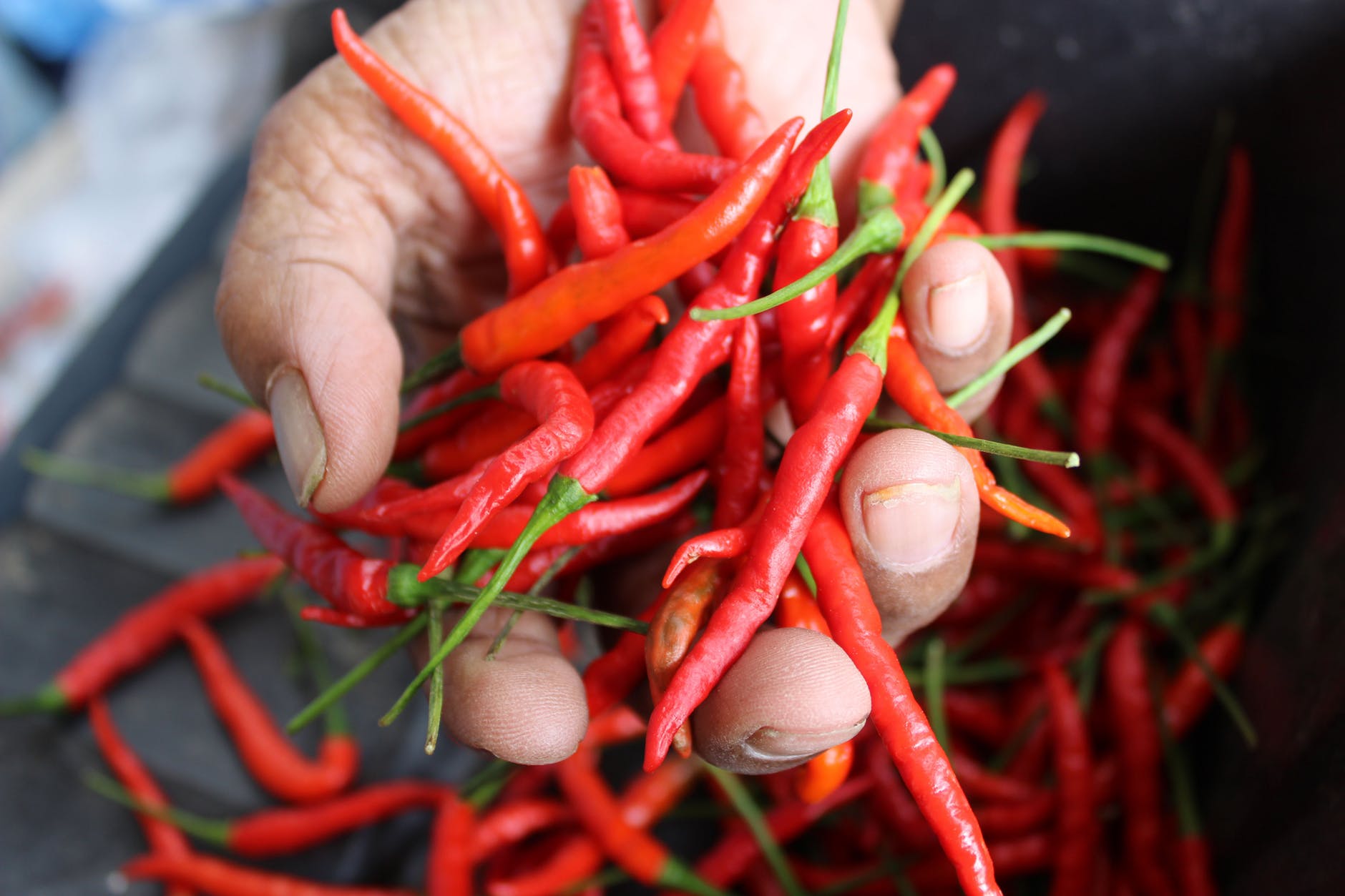
Via pexels
Also called bird’s eye chili, siling Taiwan, or Thai chili, this pepper is often sold as siling labuyo because they look remarkably similar to the untrained grocer. This pepper is actually up to an inch longer, more pointed (hence the name), and significantly less spicy. This is usually the variant that is used to make chili flakes, chili powder, and as a condiment in tandem with soy sauce for inihaw. It’s usually described to have a fruity undertone, but can still bring the heat at 50,000 – 100,000 Scoville heat units (SHU).
Siling Makopa
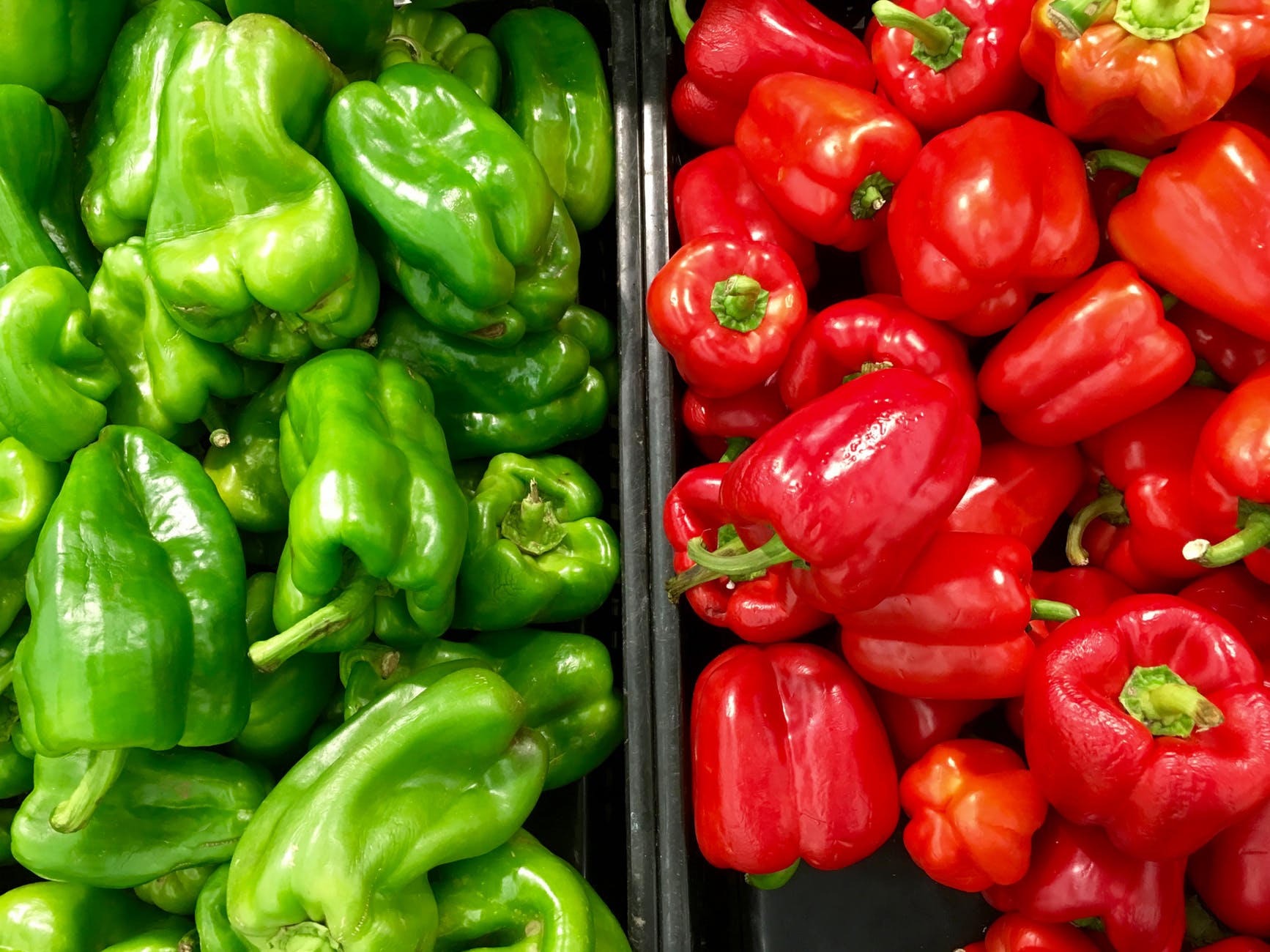
Via pexels
Commonly known as the bell pepper or siling pula, the siling makopa actually doesn’t pack any heat. It’s considered a sweet pepper, sitting at the very bottom of the Scoville scale. This anomaly can be attributed to a recessive gene in the pepper (capsicum) family. While it’s the odd one out in terms of spiciness, it definitely doesn’t fall far behind in terms of flavor.
The most important thing to note about siling makopa is its color, the indicator of its maturity and sweetness. Though there are exceptions, bell peppers start out green (more bitter), turn yellow/orange (sweeter), and end up red (the sweetest).
This is a pretty versatile chili pepper, making it a staple in Filipino kitchens everywhere. Much like the potato, you can roast ’em, stuff ‘em, and stick ‘em in a stew.
Siling Haba
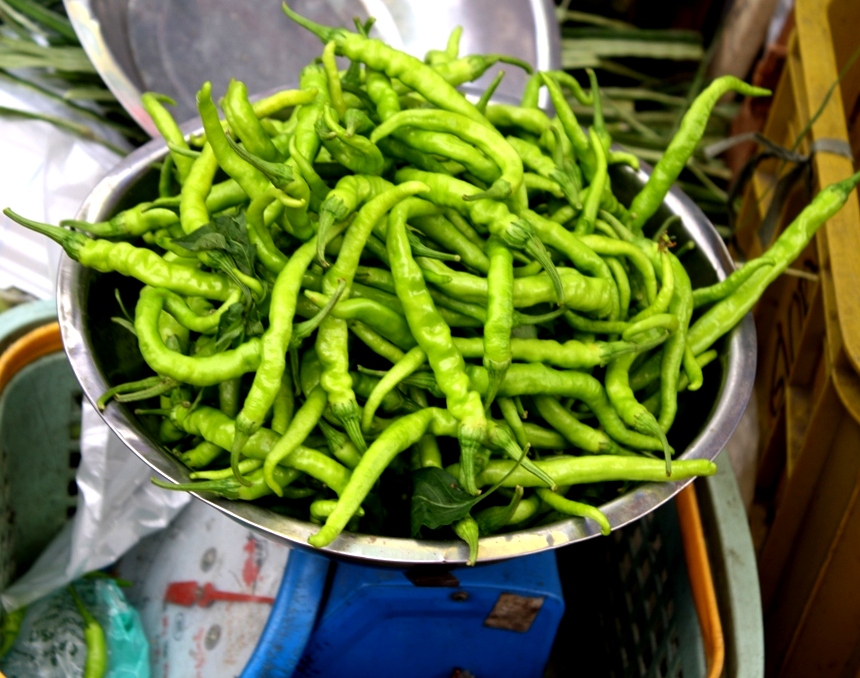
Via flickr
The longest of the bunch, the siling haba or siling mahaba is also used to refer to siling pangsigang/panigang, siling espada, or simply the finger chili. It’s the other native chili pepper that can be found in the Philippines. The most distinct feature of this pepper is its length, as it usually grows from 5 to 7 centimeters long. It’s much milder than the siling labuyo and the siling tingala, scoring a cool 50,000 SHU.
This is the type of pepper that you can find in most of our dishes – sinigang,dinuguan,sisig, and of course, the dynamite. Although, those who prefer more of a kick out of their usual Filipino food add siling labuyo or tingala to the mix.
No matter what your pepper preference is, the Philippines has got enough varieties for you to make a delectable dish out of. Still looking for spicier alternatives? Visit the 6th Philippine Chili Festival on August 25 at Whitespace Makati.
What’s your favorite spicy Filipino dish? Share it with us!
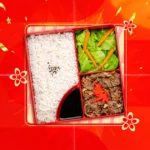

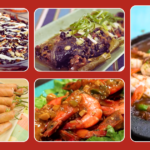


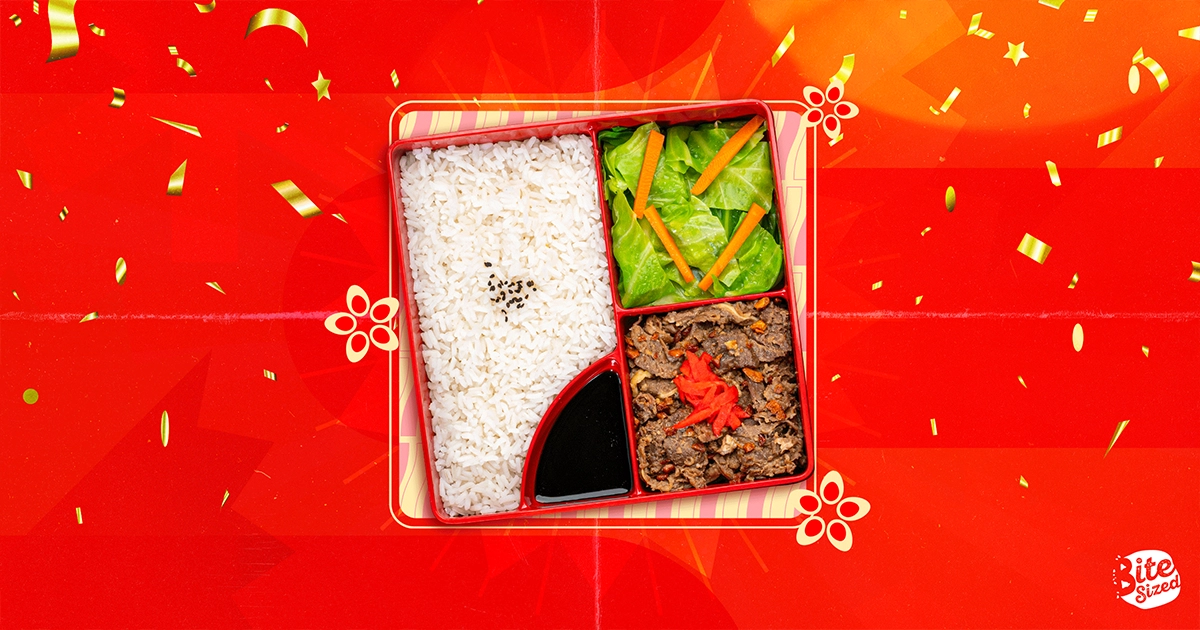

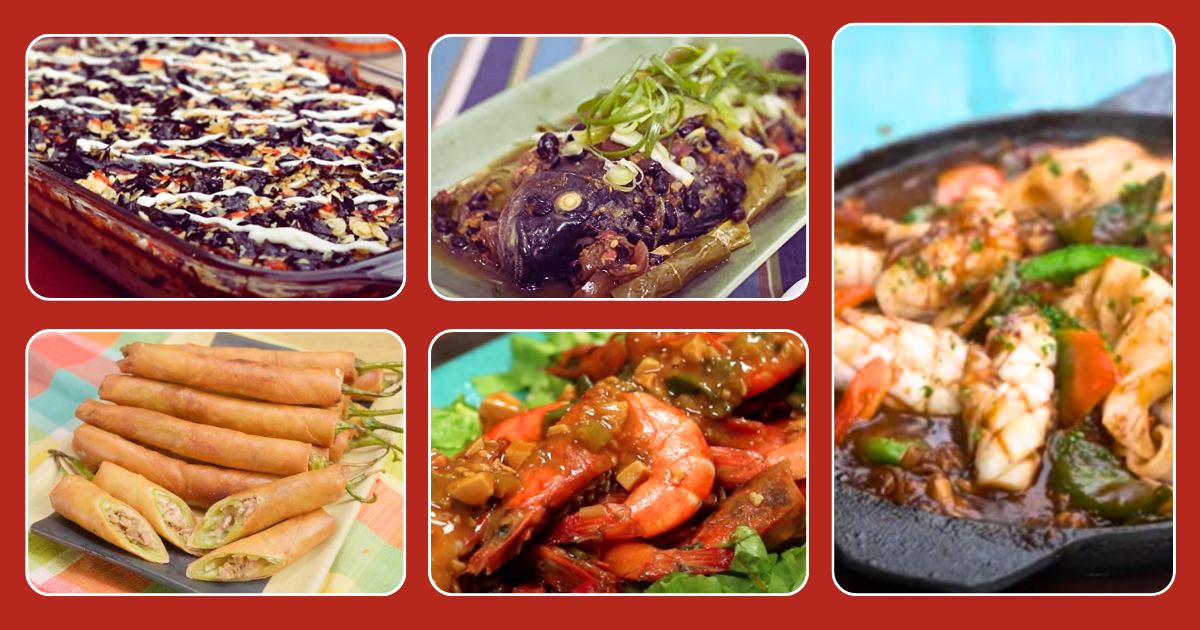
Leave a Reply